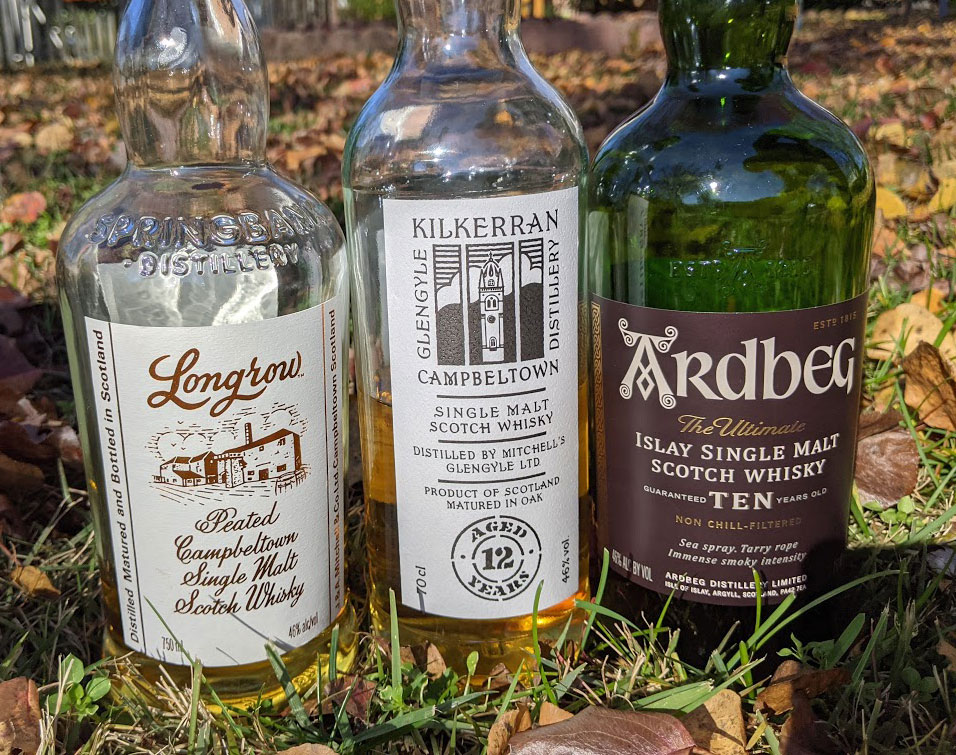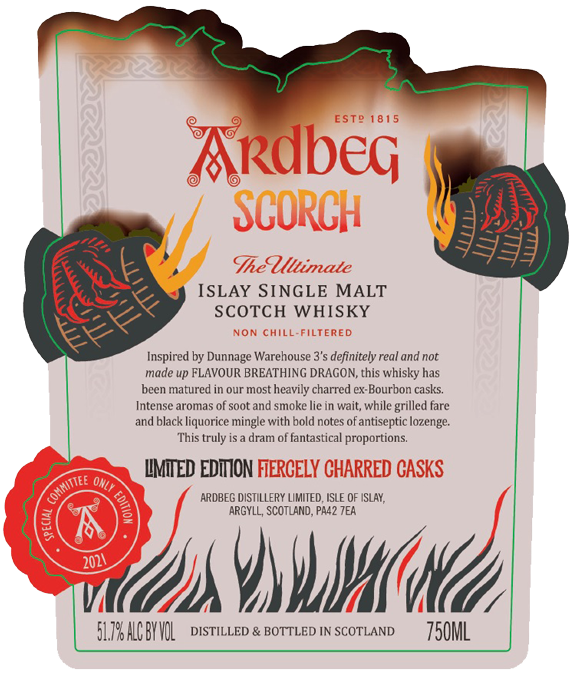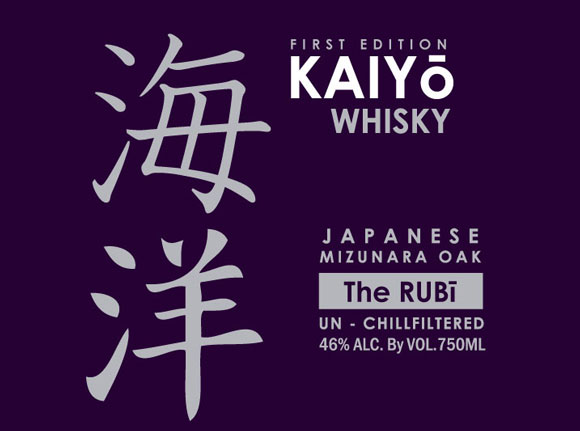
I’m thinking about beginnings. Specifically, the genesis of this post.
Was it is the first time I tried a peated whisky, 18 years ago at the Cheesecake Factory’s bar in Tyson’s Corner? It was a Lagavulin 16 and I was not able to finish my dram.
Was it the first time I actually enjoyed a peated whisky? That was 10 years ago and the dram was a Laphroaig 10, shared with a good friend. Something must have happened to my palate (and nose) in the 8 years between that Lagavulin and the Laphroaig. Peat was suddenly this delicious, addictive thing and I needed to consume a whole lot more of it.
How about the first time I had an Ardbeg? Jihane and I picked up a bottle for our friends when we got invited to dinner, some 8 years ago, and I was so floored by that dram that I could not wait to pick up a bottle (or six) for myself. I still find considerable enjoyment in that whisky.
Or was it the first time I had a taste of whisky, back in Lebanon when I was entirely too young to drink and had a sip of my dad’s Red Label?
I’m not sure. Who cares? What’s important is peat, people. That wonderful vegetal moss and the wonderful whisky makers who use it to dry malted barley (fact: peated was traditionally used at malting as it was the main source of fuel around Scottish distilleries) . Peat smoke melds with the malting grain and imparts intense smoky, tarry, meaty, medicinal notes in Islay whiskies, smoky and briny notes in other Island scotches, smoky and industrial notes in Campbelltown whiskies. Speyside and Highland distilleries consistently peat some expressions as well and the results are worth exploring.
Islay Scotch was my first peaty love. I’ve explored a bit wider since and am now having a serious fling with Campbelltown juice. More importantly, I’ve started picking up on both the quality of the distillate and the barrels whiskies are aged in, so a peathead description would be narrow and limiting. This is not a post about peat. Well, not just. It’s a post about good whiskies, even great whiskies if you factor in value.
Onto 3 of what have become daily drams slash perennial stockers:
Longrow
Distilled by the Springbank Distillery, one of the last surviving producers of single malts in Campbeltown, an area that once boasted over 30 distilleries. Springbank is family owned (by J&A Mitchell & Company) and produces the unpeated Hazelburn line, the lightly peated Springbank and the more heavily peated Longrow lines.
Longrow is a no age statement (NAS), bottled at 46%, unchill filtered and with no color added.
Appearance: light gold
Nose: I’m hit by so much maltiness. Raw white flour dough, butter, vanilla, a touch of motor oil. Imagine a crème renversée that’s been aged in a car mechanic’s tool box. A touch of salt, stewed apples.
Palate: creamy mouthfeel, peaty deliciousness with hints of rubber (toy car tires) and diesel, quickly giving way to caramel and vanilla. Peaks at dark cherry jam with orange peels (of yeah, plenty of fruit notes here). Salty throughout. medium long finish with salty toffee and a touch of sulfur. Water is not hugely beneficial.
Score: 8/10
Kilkerran 12
Produced by the Glengyle distillery in Campbelltown which is also owned by the Mitchell family. Between Springbank and Glengyle, J&A Mitchell owns two thirds of all of the remaining Campbelltown distilleries (the third being Glen Scotia). According to Kilkerran’s web site: Kilkerran is derived from the Gaelic ‘Ceann Loch Cille Chiarain’ which is the name of the original settlement where Saint Kerran had his religious cell and where Campbeltown now stands.
Kilkerran 12 is bottled at 46%, unchill filtered and with no color added.
Appearance: light gold (no coloring, unchill filtered)
Nose: leads with vanilla (quality, not artificial vanillin) and malt. Butter and salt again, similar to Longrow, If I dig, a touch of alcohol gives this a bit more bite.
Palate: creamy/oily mouthfeel. Wherthers originals with bitter orange rinds, into buttery and creamy desserts, then warm and peppery with nutmeg and white pepper on a medium long finish. Herbaciousness and brine throughout, peak on the finish. This dram tries to balance everything.
Score: 7/10
Ardbeg 10 (46%)
Located on the south coast of Islay, the Ardbeg distilley produces heavily peated whiskies. It was at one point owned by Hiram Walker, was then bought by Glenmorangie which was in turn bought by the now current owner, Louis Vuitton Moët Hennesy (LVMH). Dr. Bill Lumsden, Glenmorangie’s director of distilling has a hand in Ardbeg whiskies.
Ardbeg 10 is bottled at 46%, unchill filtered and with no color added.
Appearance: light gold (no coloring, unchill filtered)
Nose: tar, bandaid, a touch of iodine, a touch of rock pool, green olives. Weirdly enough, you can get hot cinnamon and mastic gum if you smell this from a different mental angle.
Palate: ashy smoke, vanilla, honey, then caramel with some green apple and lemon zest. Medium finish with some warming cinnamon on the tail end. Water tamps down the peat into wet ash and the mouthfeel suffers.
Score: 7/10
You may have picked on the fact that I like these 3 drams, a lot. Longrow gets the gold on the incredible creamy mouthfeel, something that’s become increasingly crucial in my book as I go through the unfortunate Laphroaig 10 on my shelf (review to come soon). It’s also so well balanced (and just plain delicious) it’s so hard to find any faults with it.
Kilkerran is outstanding as well but loses a point by compariosn to Longrow. Where Longrow is, to borrow a British expression, moreish, Kilkerran is, to borrow another British expression, slightly uncouth.
The Ardbeg 10 stands on its own as a great Islay (one that is very near and dear to my heart).
Mike and Fadi both have samples or bottles of these whiskies, my daily drinkers if I could drink every day. I can’t wait to see what they think.

